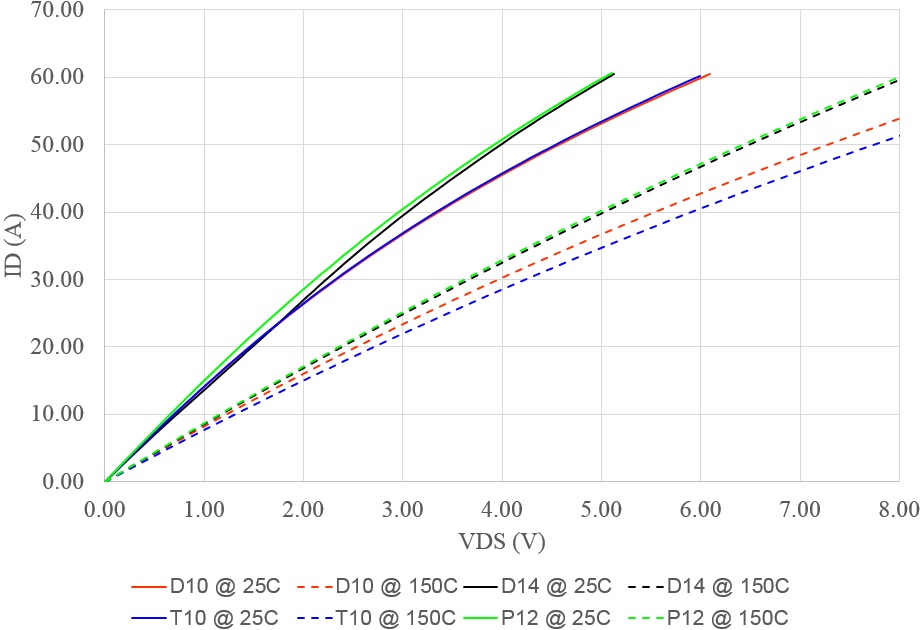
Fig. 1. IMU SiC PEBB unit: a) hardware depicting 10 kV SiC MOSFET hbridge, energy storage devices, digital controller, cooling system, and UPS' b) circuit schematic of PEBB unit.
This paper presents the evolution, state of the art, and prospective future of Silicon-Carbide (SiC) based power electronics conversion for shipboard electrical power systems. The latter, having fully profited from the integrated power system (IPS) all-electric ship concept, now faces the challenge of an ever increasing electrical payload with enhanced service and advanced sensors and weapon systems that are forecasted to surpass the onboard propulsion power in the next generation ships. Power density has, accordingly become crucial in this development, and SiC, with its innate high-voltage, high-frequency and high-temperature characteristics, is the sought after solution. Accordingly, the Office of Naval Research (ONR) together with the Defense Advanced Research Projects Agency (DARPA) have devoted an immense effort towards the development of 10 kV SiC MOSFETs and Junction-barrier-Schottky (JBS) diodes, having successfully demonstrated the capabilities of this technology in several applications thus far. Furthering this effort, ONR is presently directing the development of SiC based PEBB units for next-generation shipboard systems, embodying the future of this concept. This technological evolution, as well as the challenges set forth by the SiC-based power conversion, represent the mainstay of this paper.
These new SiC Power Electronic Building Blocks (PEBB) are needed everywhere in an electric warship. An electric warship has electric propulsion, multiple electric weapons, high power sensors, and many mission-specific-electric modules. The key challenge at hand is to power all these elements with a power supply that, even with all these elements, can fit into a ship that one can afford to build. Having a power source for every load is not practical unless one can afford to build something the size of a cruise ship, which is 10 - 20 times more than what is acceptable. Accordingly, control is key, as it is required to manage energy to power the right load at the right time and to assure all loads have the power and quality they need. This leads to controlling every source and every load and many power converters, representing a significant challenge.
Further, SiC enables size and weight reductions, thanks to the higher switching frequencies that are now permissible, which in turn effectively decreases the size and weight of passive components. Furthermore, 10 kV SiC devices enable higher ship system voltages enabling lower current and thus lower conductor sizes thus, decreasing the size and weight of the converters. Consequently, many more can fit into a ship.

Fig. 2. Rendering of conceptual SiC-based PEBB con-verter: a) PEBB unit, b) PEBB-based power converter.
























































































